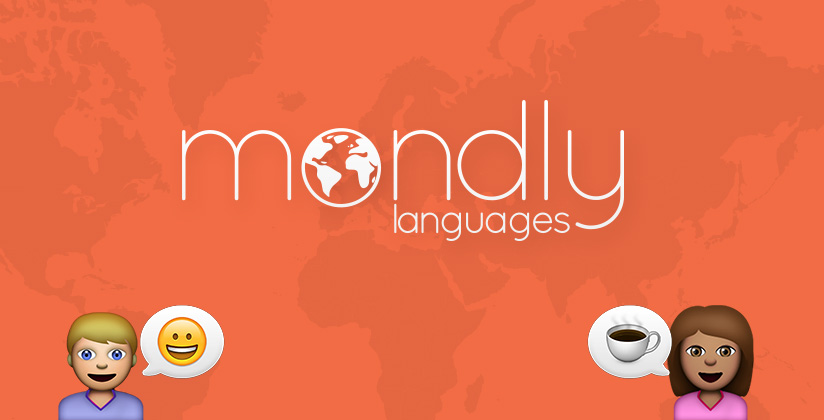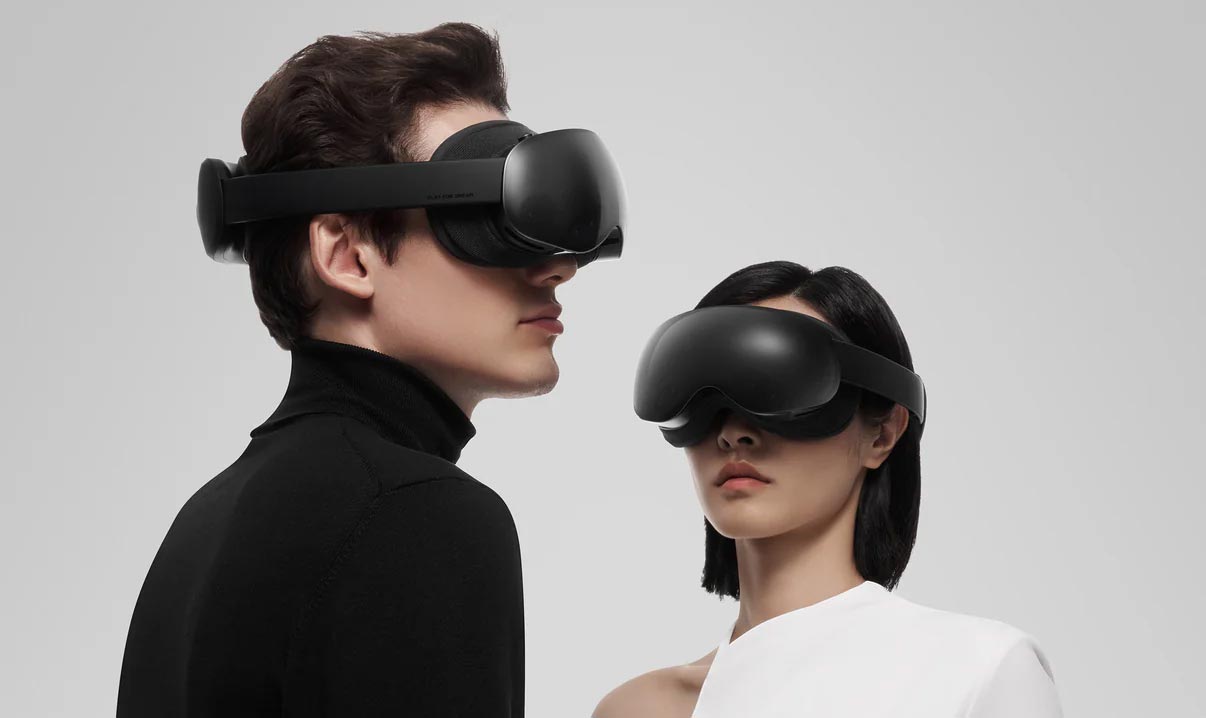Mondly VR review: a nice early demo for the future of language learning
Some time ago on a facebook VR group, I saw a guy sharing the product of his company: Mondly VR. It was a product to learn a new language, and as a man who loves studying different languages, I decided I had to absolutely try it. And so I did.
Actually Mondly, exactly as Monzo, has not born as a VR app. It is a previous solution to learn a new language, that has now evolved into a companion VR app. The standard Mondly app has the same spirit of the VR app that I’m going to explain you, but it has far more features because it’s out since more time.
Anyway, Mondly VR is awesome because the application is available in 28 languages (28!!! Most apps are only in English) and lets you learn 28 languages. This is something that I really appreciated of this language learning app for two reasons:
- Having the app in your own native language helps a lot in learning better. If I have to learn Japanese with an English app, my brain has to continuously translate the explanations from Japanese to English to Italian and that’s bad because there are too many passages. Having the app in my own language lets me having a more comfortable learning experience;
- Usually, language learning apps offer only the most common languages, like English, Spanish and French. With this app you can study whatever language: Hindi, Korean, Turkish are all included inside this experience!

So, this is great. And the VR app is free!
No, wait, actually it is not. The app is free to download, but you are able to try only 1 experience for free. If you want to buy the other ones, you have to pay a little amount of money to Mondly. So, in-app-purchases business model. Anyway, you can have a taste of it for free… and try whatever language you like.
When the app starts, it auto-detects your language and then asks you what language you want to learn. After that, you’re proposed a menu with 3 possible choices: “Hello”, “Restaurant” and “Reception”. These are the only available experiences and “Hello” is the only one that is free. People have complained a lot in reviews about the short length of this game: each experience lasts 3-5 minutes, that is really few for a paid app. Mondly has replied that will add more levels with time… we’ll see.
About the menus and all the UI: it is a standard 2D UI with floating buttons. There’s no immersive menu as in Sneaky Bears VR or Spark Of Light and that’s sad, but honestly designing a natural 3D menu for this app wouldn’t have been easy. Controls are all made using look and speech: no controller is necessary.

If you launch the “Hello” level, you find yourself on a train and in front of you there is a girl that starts talking with you. She greets you: on her left side you can see a callout writing you what she’s saying (and telling you her mood with an emoticon) and on the right 3 suggestions on answers you can give her (in this case “Hello”, “Good afternoon”, etc…). You can hover on the suggestions and see their translations and also hear a native speaker pronouncing them (wow!). What you have to do at this time is answering her with your voice. The system will try to understand what you’re saying thanks to some AI magic and if the answer makes sense, the girl will ask you the next question: “What’s your name?”. Notice that you don’t have necessarily to answer one of those 3 sentences on the right… you can say whatever thing has sense. She will also react accordingly to your answer: if you say “I’m happy”, she will happy for you; if you say “I’m bad”, she will be sorry. Anyway, she’ll continue asking always the same questions (so, the conversation path is fixed). If she doesn’t understand, she’ll ask you to repeat, until you say a correct answer with the correct pronunciation.

The conversation goes on this way and so you can learn how to interact with a cute girl on a train in whatever language you like. In the end, the conductor will come and ask if you have the ticket and you can answer to him as well. If you finish the experience, the program will congratulate you.
What I liked about this experience is the vision of this application: immerse you in virtual reality in a realistic situation where people talk you in the language you want to learn and so you can learn faster. Mondly says that 90% of people learning a language complain because they can’t practice in real life what they learn in books and this is a serious problem (and I confirm this). The only way to properly learn a language is speaking with native-speakers in a real-life situation. Mondly wants to simulate that in VR and this is a great idea. Using VR is fantastic because it has two advantages:
- The situation is realistic as in the real world, so your brain feels the same pressure of real life and is more spurred to learn fast the new language;
- VR is not real life, so you can learn without looking bad in front of native speakers. Speaking with native speakers in real life often leads to making too many errors and be mocked by others. In VR you can do whatever you want and still have a high reputation.

So, their vision is something that I really love. The problem is that at present time this experience is just a little demo of that vision.
There are various problems:
- Demo is too short;
- The graphic is simple and absolutely not immersive. We are on Gear VR, so I don’t expect Robo Recall‘s graphic, but it was too simple anyway;
- The program streams the language info (Internet connection is required to use this app) and this, along with language recognition and VR makes the phone overheat as if it was a stove. My advice is to try it when the phone is cold;
- The system is mediocre in understanding the sentences you say. I had the best recognition of what I said when I tried to learn Italian… and just because I’m Italian. English had a decent detection, while with Chinese it has been a pain. I know that my Chinese level is not that high, but it’s weird that it understood my “Baibai” as “Shilai”! Anyway, with HoloLens I had similar problems, so I guess that speech recognition technologies are still not mature today;
- The system understands lots of sentences, but it expects only a set of answers. When she asked me “How are you?”, I answered “I’m very tired” and the system refused that answer. This has no sense since limits the learning to certain preset sentences;
- The interaction is too cold and mechanic. VR is great to convey emotions (if you’ve seen Dear Angelica, you surely know) and one trick to memorize information is adding an emotional context to them. So VR is ideal for learning. But here the girls speaks as if she were Robocop and never moves in any way. The questions she asks are too short. You create no emotional bond with her and this doesn’t help in learning;
- In Chinese, the callouts reported the sentences written in PinYin and not in Chinese characters. If you’re a beginner, this is good… if you’re at least intermediate, you are lost without the Chinese characters… so in my opinion, they should be written;
- Some bugs found here and there: once the app also made my phone crash.

This hotel reception is so gray and sad…
In the end, I see Mondly as an early little demo of a great vision this company has. If you love languages and have a Gear VR, give it a shot for free on the Oculus Store and let me know your impressions. 拜拜!
Disclaimer: this blog contains advertisement and affiliate links to sustain itself. If you click on an affiliate link, I'll be very happy because I'll earn a small commission on your purchase. You can find my boring full disclosure here.




Thank you for the great review! Sebastian from Mondly here. We also launched a Daydream and Cardboard version of MondlyVR. Here’s a fun video about it: https://www.youtube.com/watch?v=oZy_UhP9S_A
Keep up your great work!